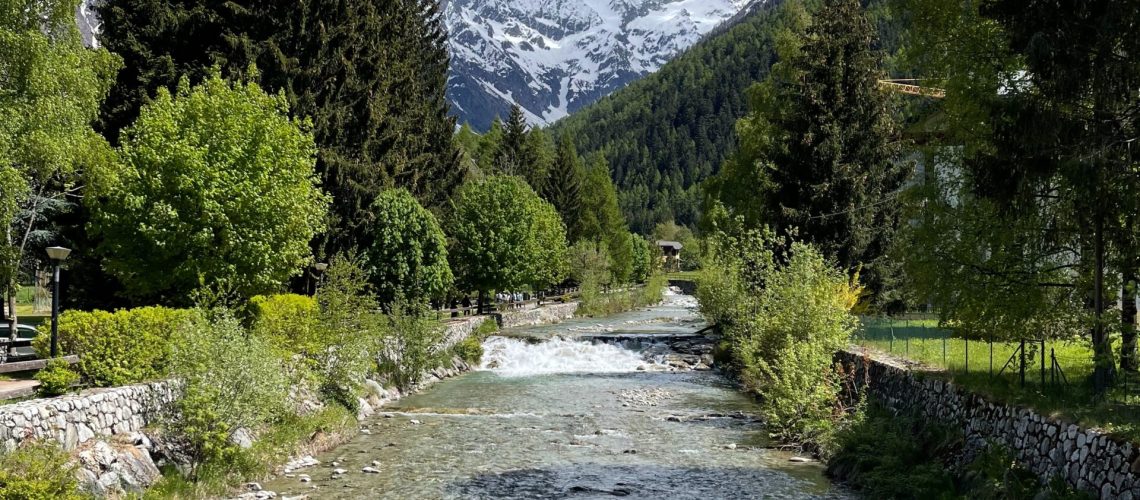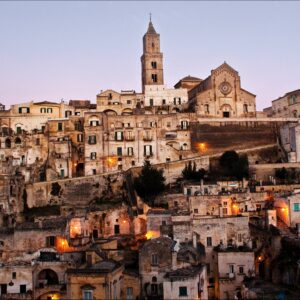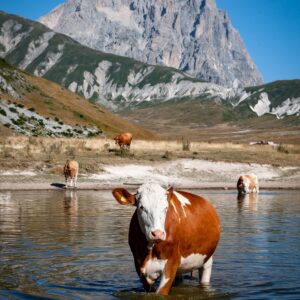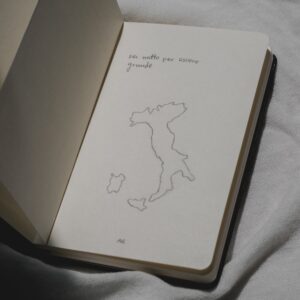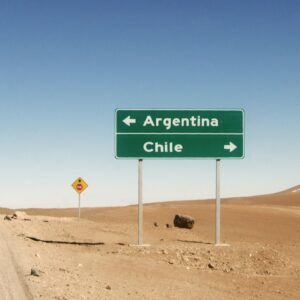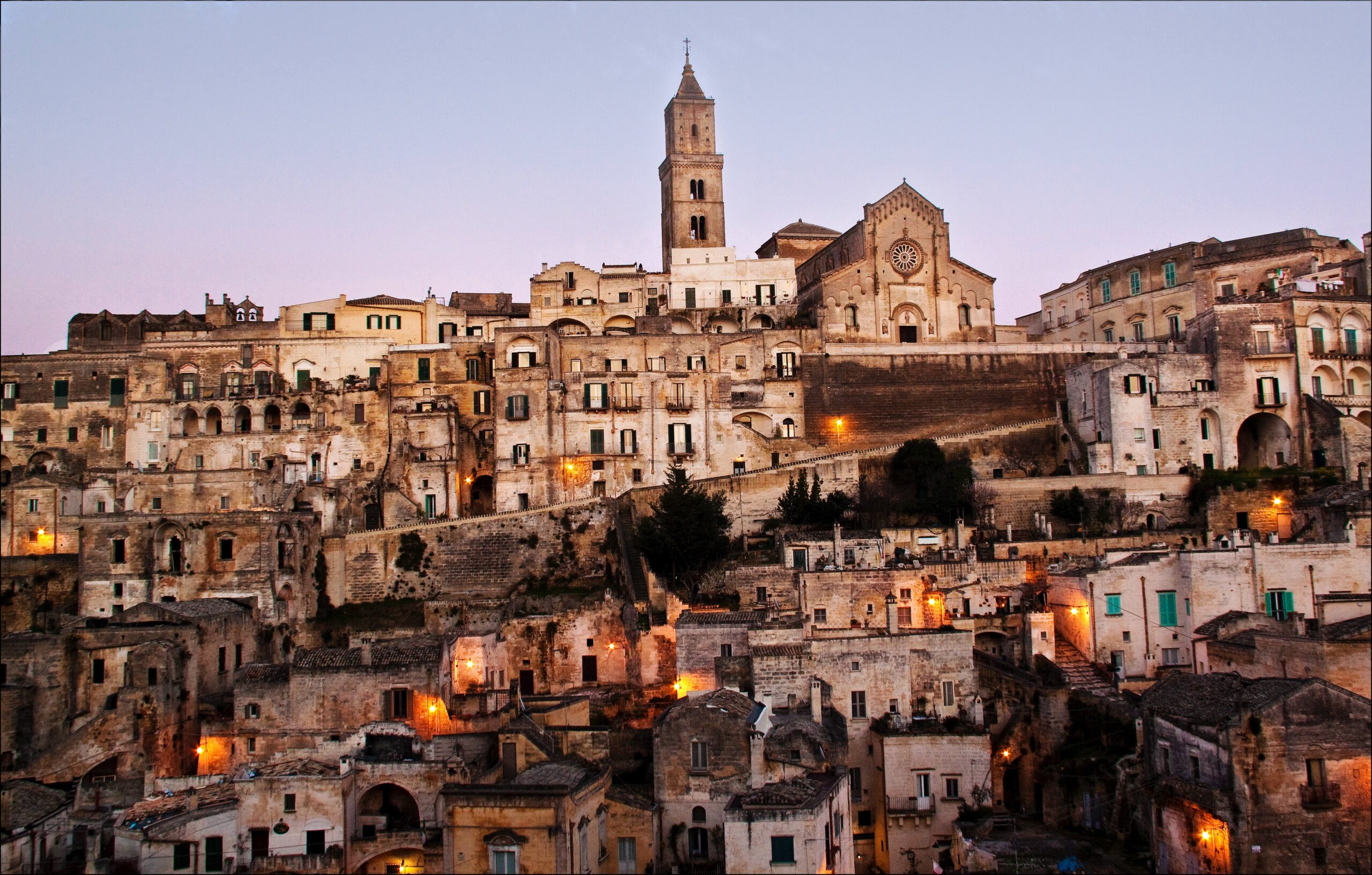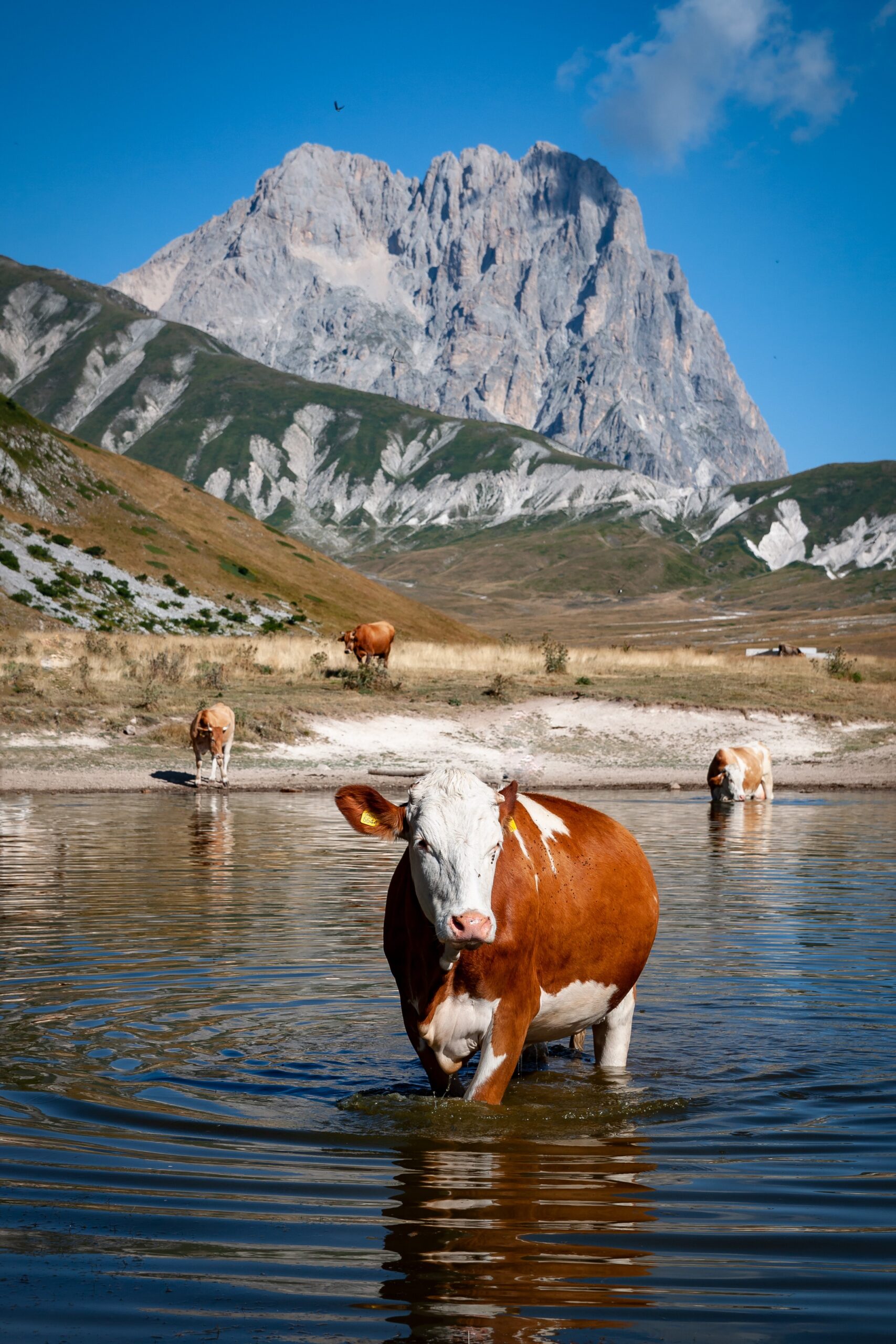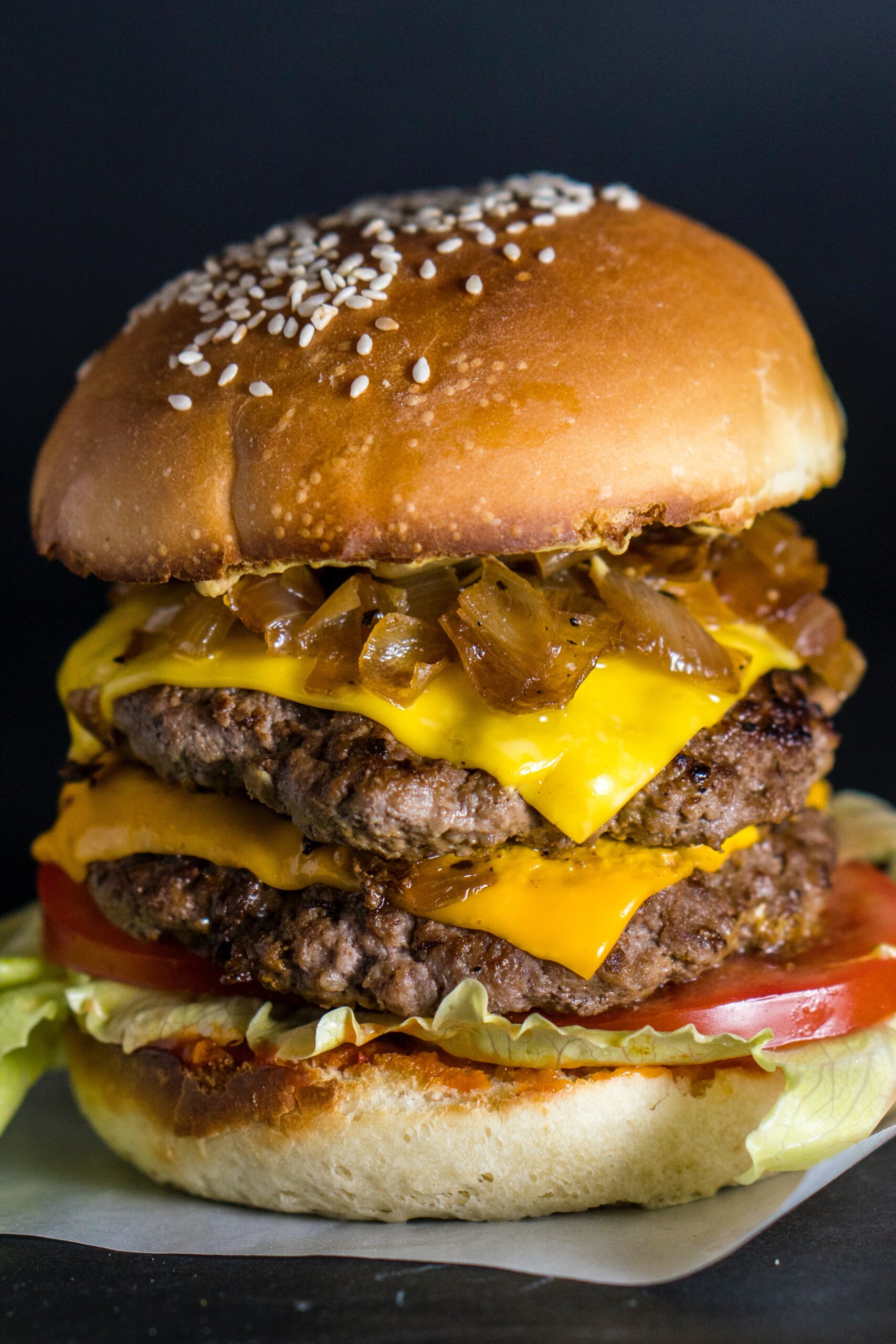As it’s evident when it’s about large regions stretching from the Alps to the Po Valley, Lombardy is characterized by a range of climates and environments, which determine, on their turn, a rich offer of typical food products and dishes.
Lombardy is not among great wine producing regions of Italy, in terms of volume, and it also doesn’t boast a large amount of autochthonous varieties, because of the huge loss of vineyards that followed phylloxera and of the strong industrialization the region went through, both factors that determined a shrink of area under vine.
Although the average quality of regional PDO wines is pretty high, the region is not the home of any mass-success wine. The only really famous appellation is Franciacorta; Lugana and Valtellina are also quite known among drinkers with a bit of wine education.
However, this does not mean that Lombardy lacks of great wines!
Vineyards and wines of Lombardy
Despite its notable width, there only are about 20.000 hectares under vine in Lombardy. From North to South, there are four belts that can be clearly identified, each with distinctive peculiarities, that determine the styles produced.
Valtellina lies directly to the South of Switzerland, is famous for the harsh conditions in which grapes are grown.
The morenic hills between the Alps and the Padana Plain offer a larger range of sites and aspects and are, indeed, the home of a larger, and really miscellaneous, amount of appellations, thanks to Mediterranean climate created by the lakes and to their varying influence.
Flat, more humid plain to the Southeast of the region is the area where some high-volume wine is produced, and where more rustic and resistant varieties like Lambrusco are typical.
Southwestern Lombardy, on the other hand, reaches the northern foothills of the Apennines. Similarly to the province of Mantua, the province of Pavia, has a continental climate, but it also has higher altitudes, cooler sites and poorer soils.
Wine styles in Lombardy
The warmest from the coolest
Valtellina is a cool alpine climate region, with warmer areas towards the valley floor. However, the mountains can act as a heat trap, in some places more than in others, allowing the maturation of black grapes like Nebbiolo: Inferno, indeed, is a subregion known for being warmer than others, whose name means “Hell” (although we can assume that rocky, arid soils also play a role in it).
It is the cradle of some great wines made with Nebbiolo variety, and namely with a biotype called Chiavennasca. Local “specialty” is sfursat, or sforzato in standard Italian, which means “strained”. Its name refers to the higher concentration achieved by drying bunches on lattices after harvest, similarly to what happens around Verona with Amarone.
This style is highly regarded by lovers of full bodied red wines, because it somehow combines the power of a dry wine from dried grapes with the refreshing acidity of Nebbiolo, resulting in a very enjoyable wine, considering its structure.
… and the coolest from (one of) the warmest!
There might be warmer sites in Lombardy – Milan in midsummer, just to name one! – but taking into account only those where grapes are grown, Franciacorta ranks pretty high in temperatures, especially if considering it’s the home of a highly regarded traditional method sparkling wine.
Franciacorta is definitely coolest wine of Lombardy: It’s crafted after Champagne, mainly with Chardonnay and Pinot Noir, plus up to 50% of Pinot Blanc allowed (though rarely used) and up to 10% of autochthonous Erbamat, to let the territory mark its profile. Long minimum ageing requirements (18 months for the simplest case) make it a very precious wine.
A less fashionable, but still loved by connoisseurs, traditional method sparkling wine is produced from Pinot Noir on the Apennine slopes close to Piedmont: Oltrepò Pavese Metodo Classico. Here some interesting red wines from local varieties are also made.
Virtue lies in a mean
More or less at the latitude of Franciacorta, a number of less prestigious, dry wine appellations lies. Although rarely memorable, they are usually balanced wines from local and international varieties.
Among them, wines from Groppello are probably the most distinguishing.
When Groppello reaches full maturation, it is still capable of fresh wines thanks to its high acidity and fruit character. This happens on the western shore of Garda Lake, where Mediterranean climate and breezes allow both the production of refreshing rosé wines and of more structured, oaked reds. Garda Lake is, above all, the home of highly regarded Lugana, a savoury, long living white wine produced to the south of the ancient hamlet of Sirmione with Turbiana grapes.
The greatest is the smallest
In the province of Bergamo a gem is (well) hidden: Moscato di Scanzo is the smallest appellation of Italy and one of its rarest sweet wines.
It is a passito made from air-dried grapes of the uncommon, black skinned kind of Moscato only found in the village of Scanzorosciate and its surroundings.
Typical wine and food pairings in Lombardy
Gastronomy of Lombardy is much richer than its wine production, so many well-known local dishes are often paired with non-local wines.
On the other hand, wines of Lombardy really match well with the traditional dishes of the subzones they are made in or, at least, tradition is so well rooted that it sometimes becomes very hard to imagine them with other foods.
Strong mountain dishes are barely enough for the Sforzato, which is usually enjoyed with pizzoccheri, a typical local sort of pasta made with buckwheat and dressed with cheese, even if it better matches with braised meat or game dishes, traditional as well.
Groppello, fruitier and lightier, is often consumed with salami and cured meat, such as local Salame Morenico di Pozzolengo. It also easily matches with first courses, such as casoncelli (sort of large ravioli filled with minced meat, cheese and herbs) and the risotto with fava beans and raw ham, both typical of Brescia.
Rich fishes found in the lakes are more often paired with well-structured white wines, among which Lugana is surely most relevant, while lighter Bianco di Custoza and San Martino della Battaglia DOC are wines preferably enjoyed as an uncomplicated aperitif, or maybe having a not-so-typical pizza by the lake shore.
Some richer fishes, like pike or sander, also pair well with rosé wines from Groppello. Sparkling wines are produced in such a range of bodies and times on lees that there always is a right bubble from Lombardy to match any given dish.
Most loved pairings are between Franciacorta Satèn and seafood, and between Oltrepò Pavese and Milanese cutlet. Rosé Oltrepò sparklings are also often paired with those local, traditional risottos that don’t require to uncork a red wine.
Sweet Moscato di Scanzo doesn’t really need the companion of any dessert, however torta sbrisolona from Mantua, despite the some 150 km/90 mi that separate production areas, can be a very good choice, being a sort of large, dry, not-so-sweet biscuit enriched with toasted almonds, whose slightly bitter aromatics are pleasantly counterbalanced by wine.
Photo by Gianluca Milanesi on Unsplash
